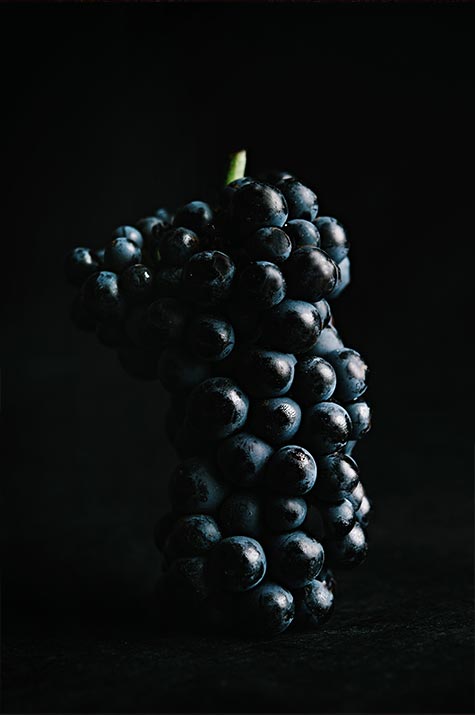Moulin-à-Vent,
Lord of fine Beaujolais Wine
The complexity of its history and the singularities of its environment make Moulin-à-Vent a classic wine appellation for enthusiasts.
Moulin-à-Vent, Lord of fine Beaujolais wine


The complexity of its history and the singularities of its environment make Moulin-à-Vent a classic wine appellation for enthusiasts.
Noticeable potential throughout history
Moulin-à-Vent is an ancient vignoble/wine region, whose roots date back to a century before the Roman’s arrival in the area. At the beginning of the 17th century, the “Torreins” wine was approved by Louis the 14th and makes its debut in the French court, thus kicking of the rise of Moulin-à-Vent’s notoriety. In 1872, Burgundy villages gain the right to add the name of their best terroir to their own. ”Chambertin”,”Romanée”,”Montrachet” and “les Thorins” are affixed to the villages named Gevrey, Vosne, Puligny and Romanèche.
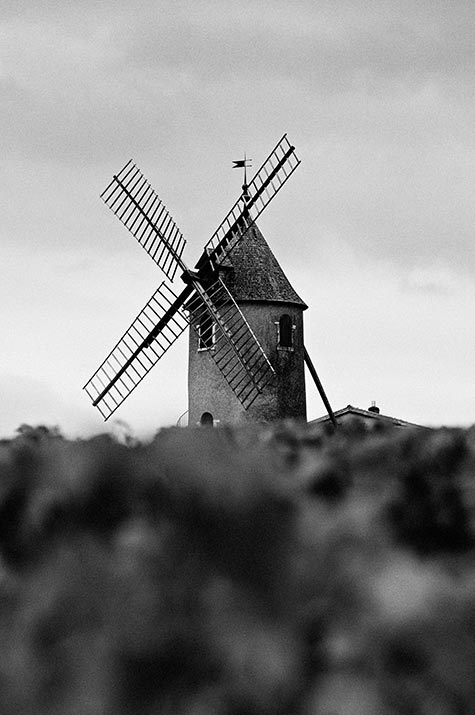
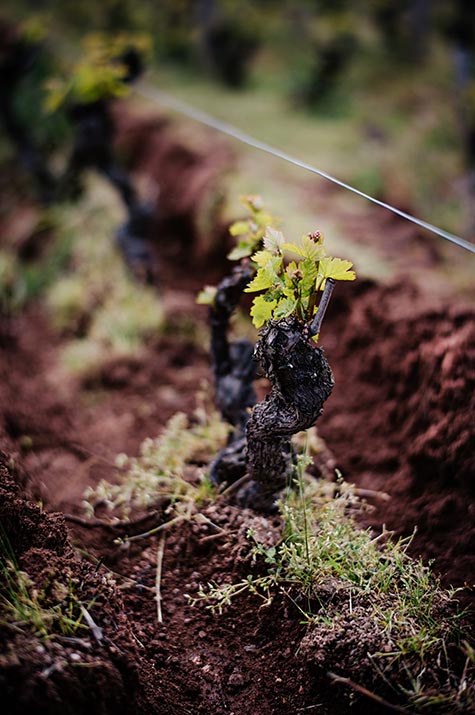
Moulin-à-Vent’s triumph in agronomy
In the 19th century, many French agronomists noticed the quality of the appellation/ Moulin-à-Vent area ‘s terroirs. In 1869, the high-point is reached when agronomy engineer Antoine Budker sets the first official classification in the Beaujolais region. Within the area, Moulin-à-Vent groups the biggest proportion of “Première Classe terroirs” (highest ranked terroirs). Amid 28 lieux-dits, 7 are ranked as such: “les Vérillats”, “La Rochelle”, “Aux Caves” (Grands Savarins), “le Moulin-à-Vent” (Clos de Londres), “Rochegrès”, “Carquelin” and “les Thorins”.
1924 - 2024 : 100 years !
To prevent frauds induced by the growing reputation of Moulin-à-Vent, the producers united request the creation of an Appellation d’Origine (AO meaning Designated of Origin) which was a success in 1924, 12 years before the birth of the AOC (Protected Designation of Origin).
In 1936, the Moulin-à-Vent AOC is officially recognised as one of the first French AOC. As officiated by the INAO, the wine previously sold under the name “Romanèche-Thorins” is changed to Moulin-à-Vent. Similarly, the already iconic Château des Thorins became Château du Moulin-à-Vent.
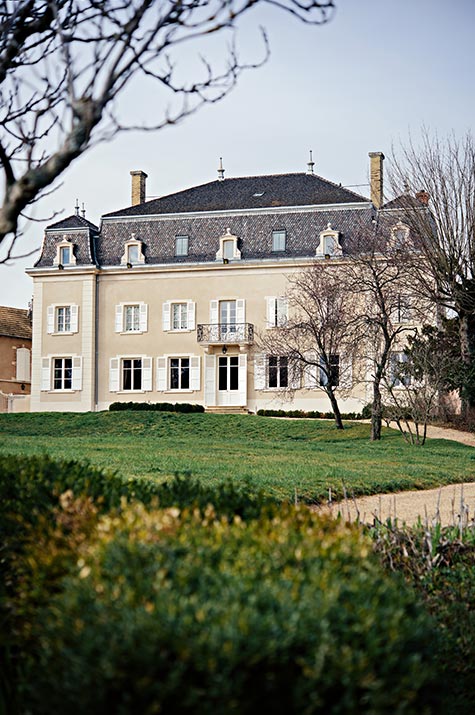
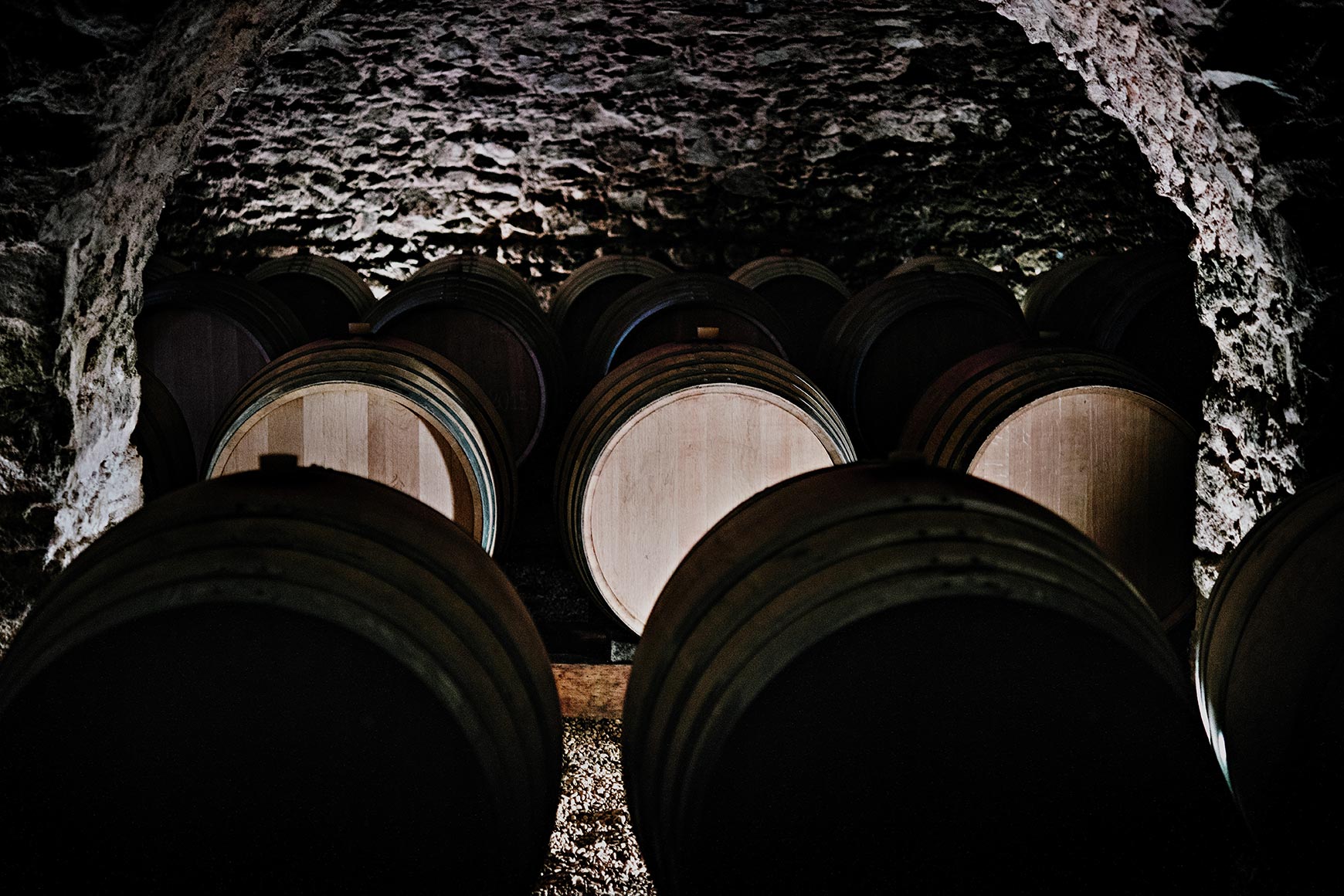
Throughout the last two millennia, many have noticed the huge potential of the appellation, which led to it gaining official international recognition.
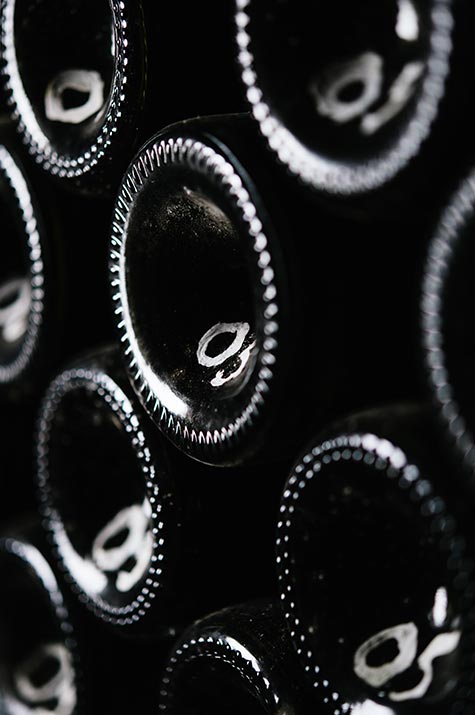
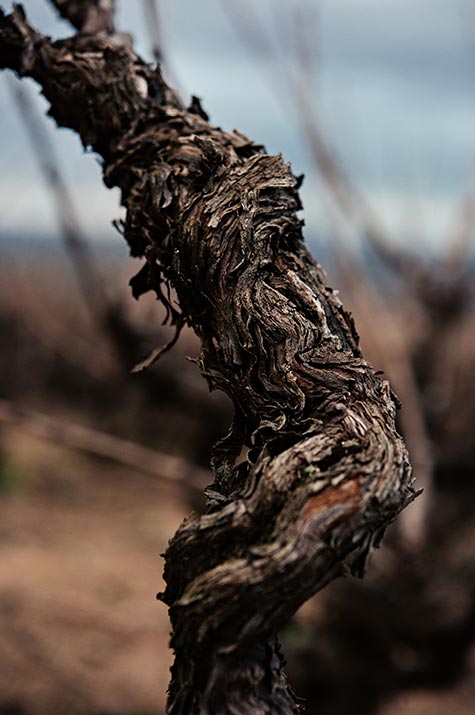
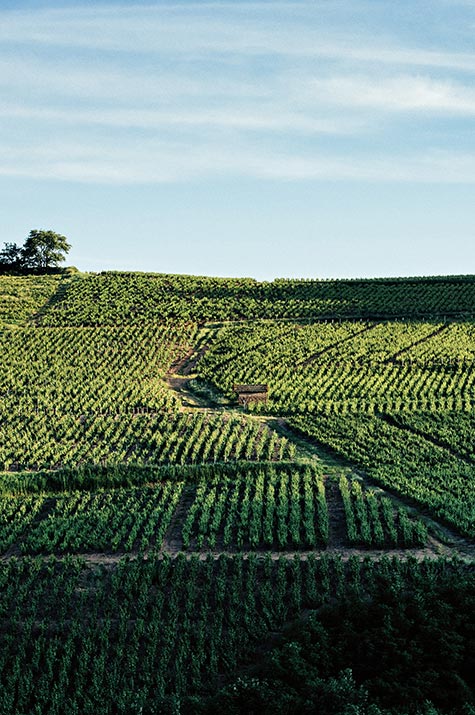
Moulin-à-Vent,
First Class !
The Moulin-à-Vent appellation is located at the northernmost tip of the Beaujolais region, 70 kilometers South of Beaune and 50 kilometers North of Lyon. The windmill, surrounded by a 630 hectares island of vines witnesses the regular and powerful winds. They promote optimal vineyard health as well as optimal juice concentrations in the grapes. The vine lots flourish like a mosaic of terroirs, as 69 lieux-dits are all characterised by their own blend of more or less fine granitic soils, wind exposure, presence of iron oxide, deep soil clay, top soil silica, soil depth, sun exposure and so on. These complex soils result from over 300 million years of erosion of the last metamorphic granite foothills from the Centre of France.
Le Gamay, King Variety
On our granitic soils, the only red grape variety of the Moulin-à-Vent appellation flourishes. When young, it makes fresh and fruity wines. Over a longer period of time, it maintains its freshness while becoming increasingly complex and elegant.
In spite of its daintiness, Gamay also features an impressive ability to adapt, particularly in the face of climate change: located at the northernmost tip of its region, Gamay will make fresh wines of standard alcohol level even for the most solar vintages.
